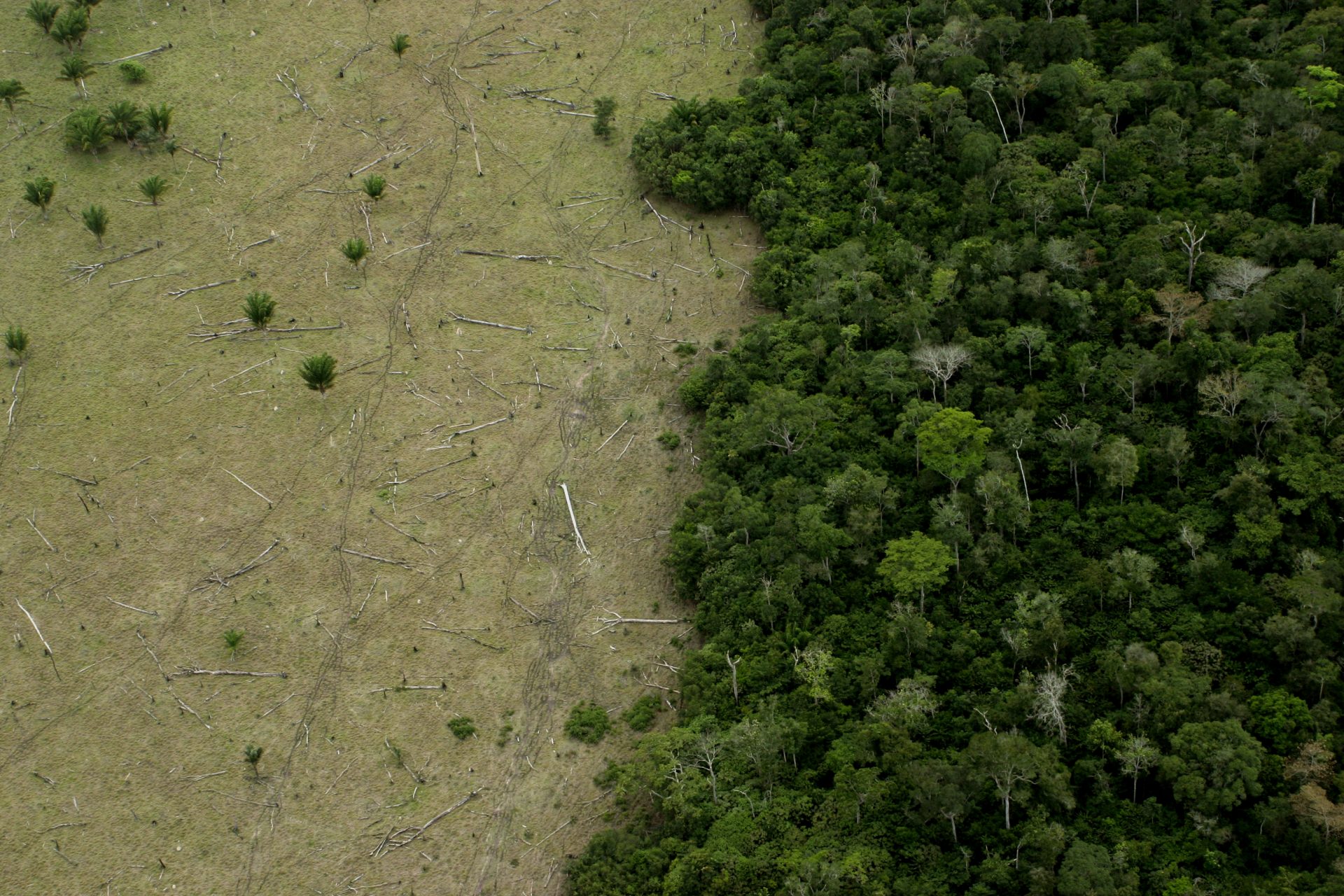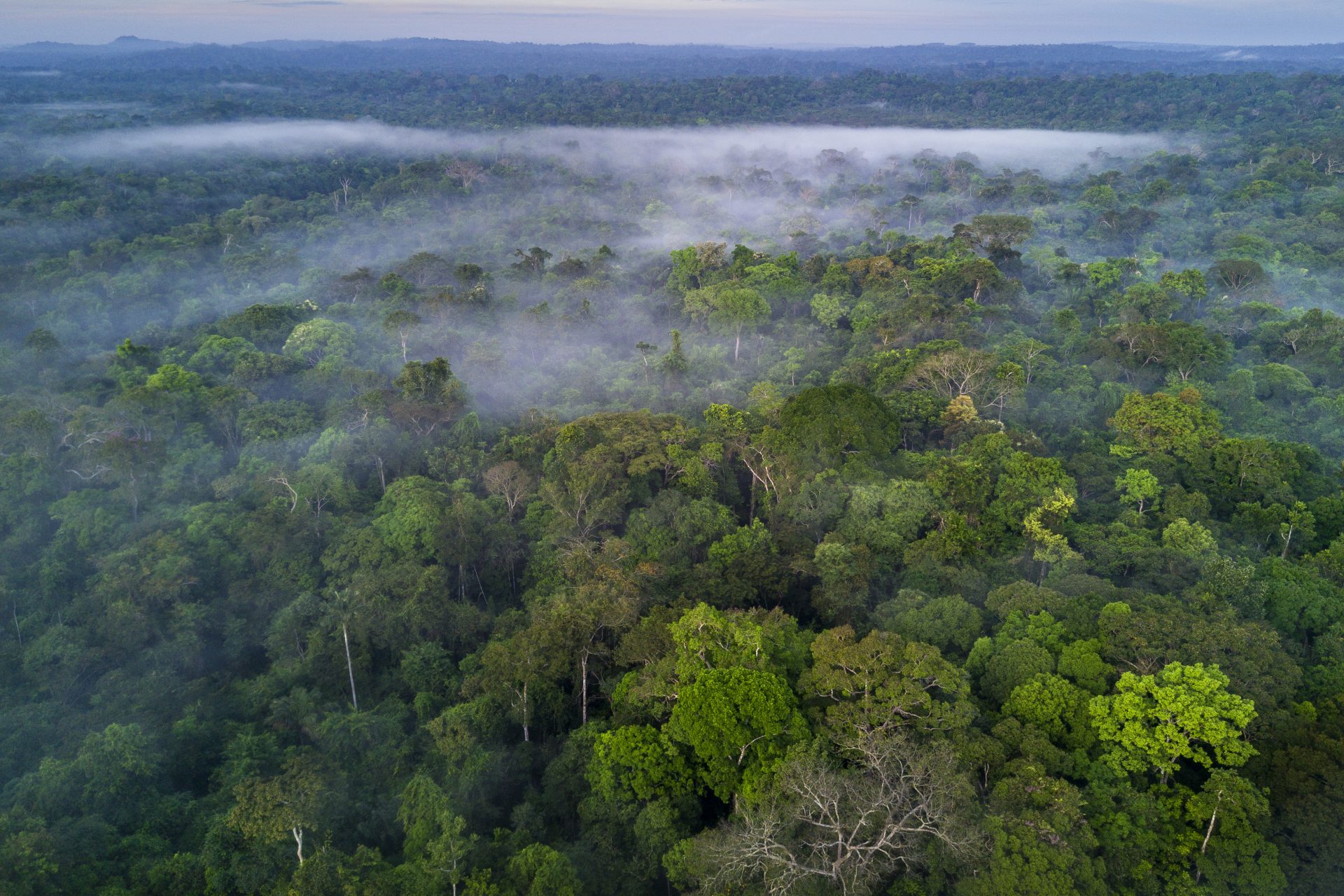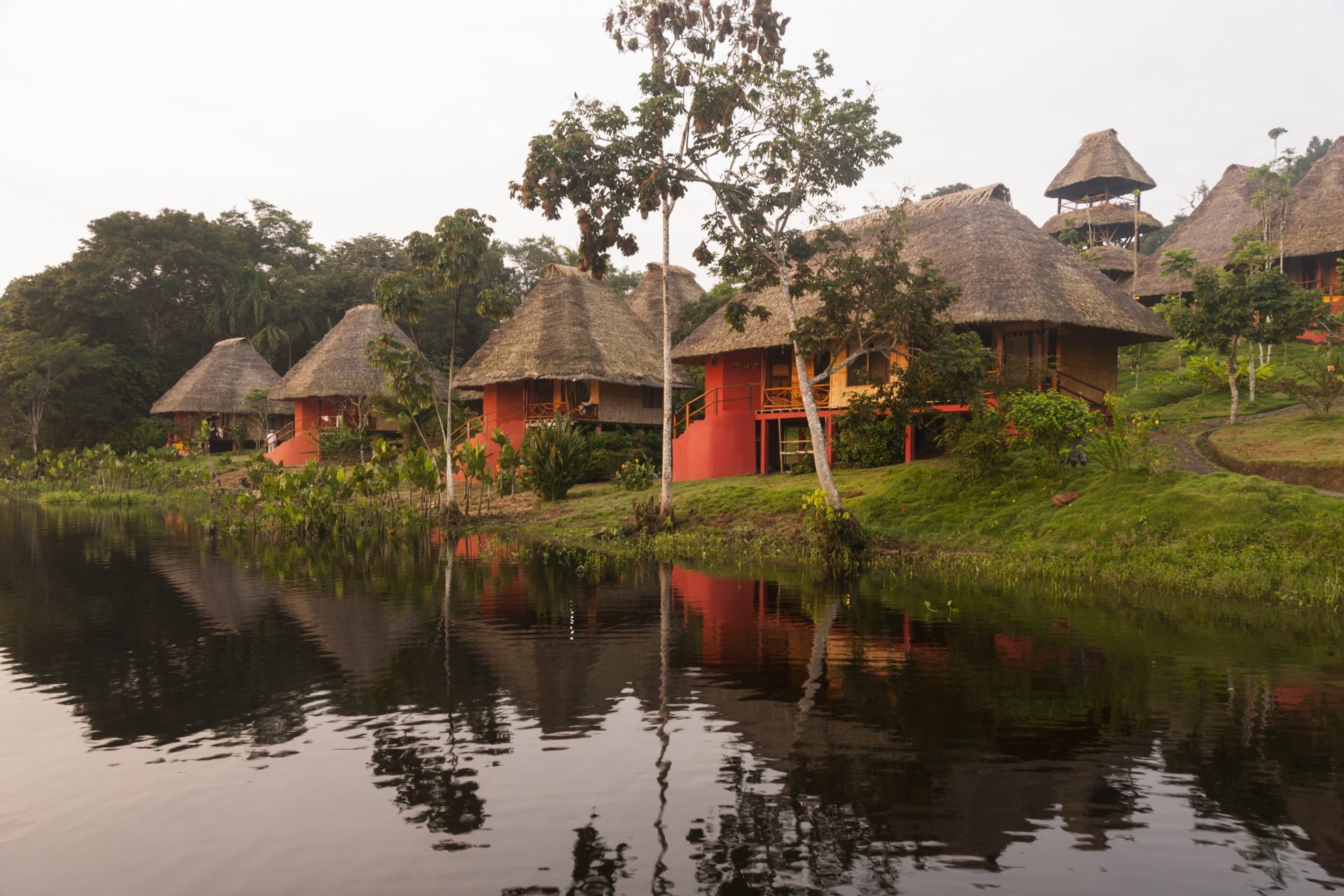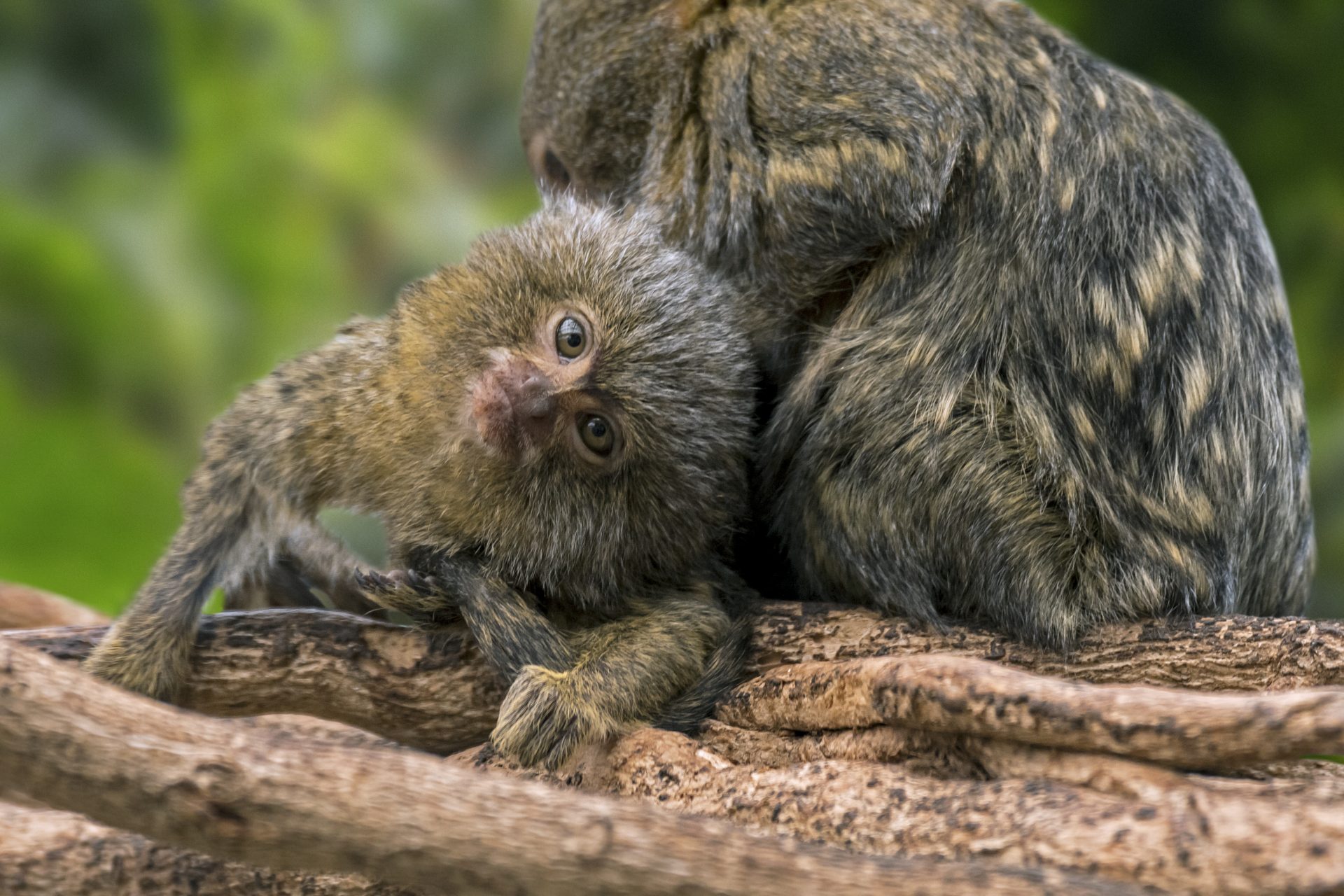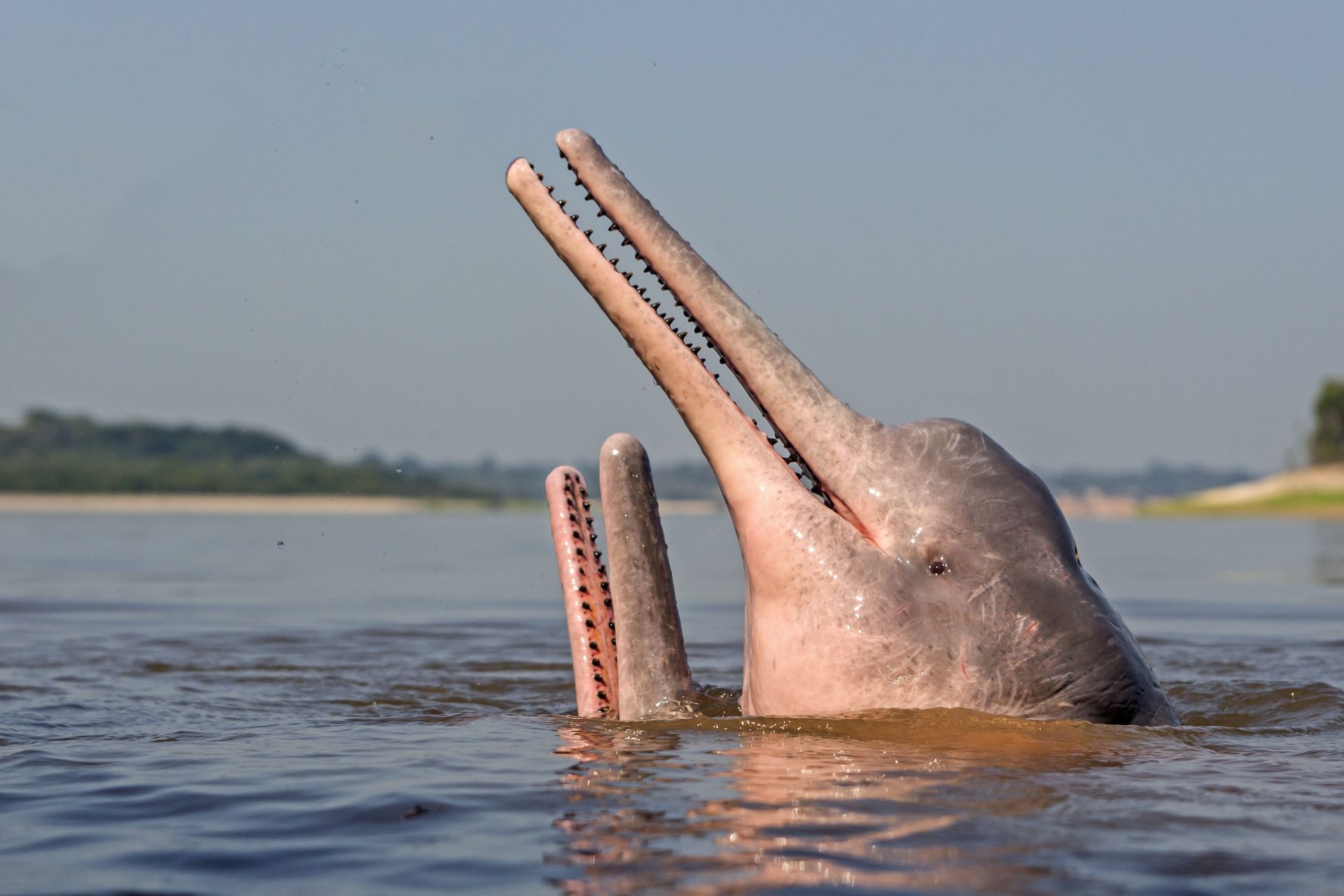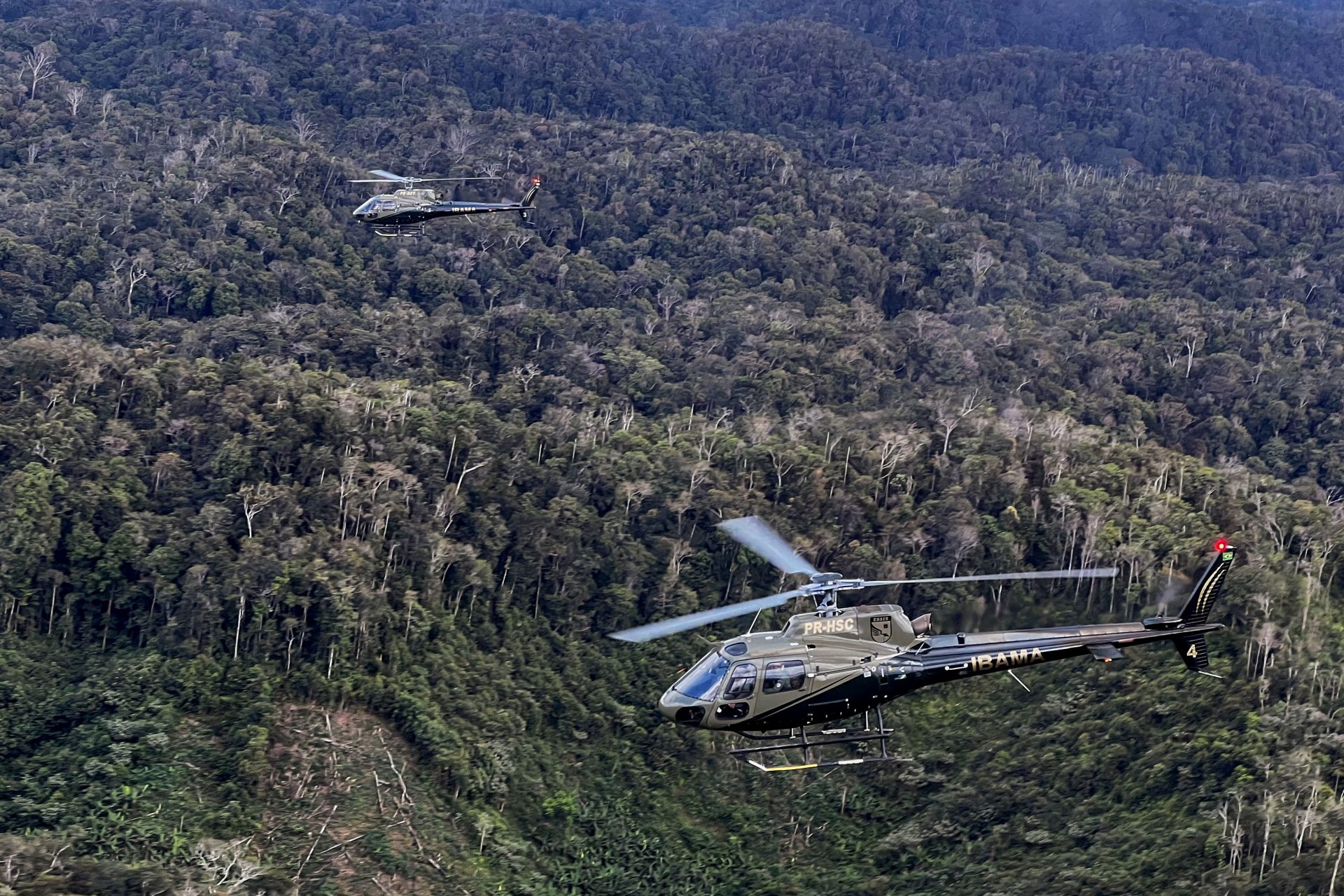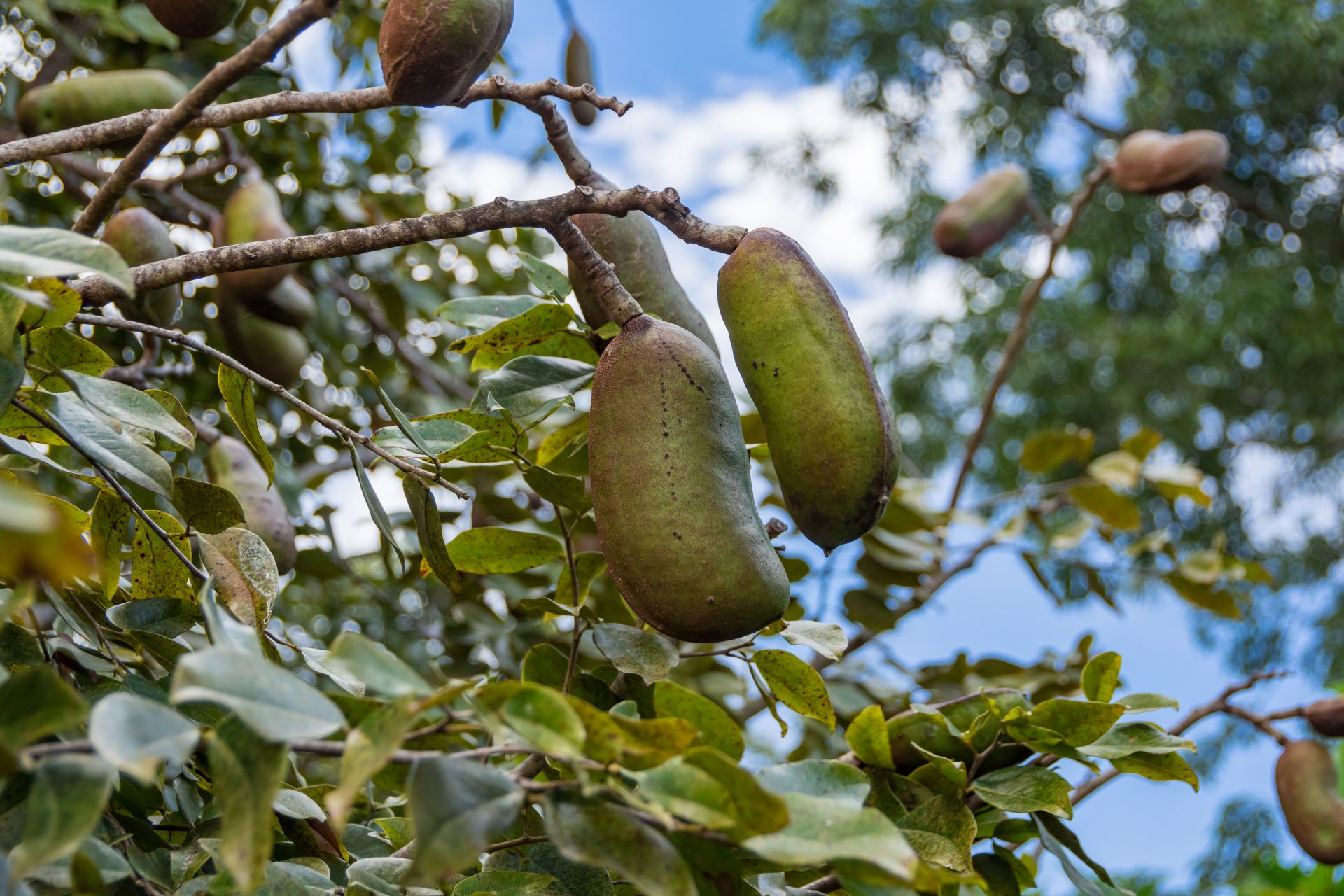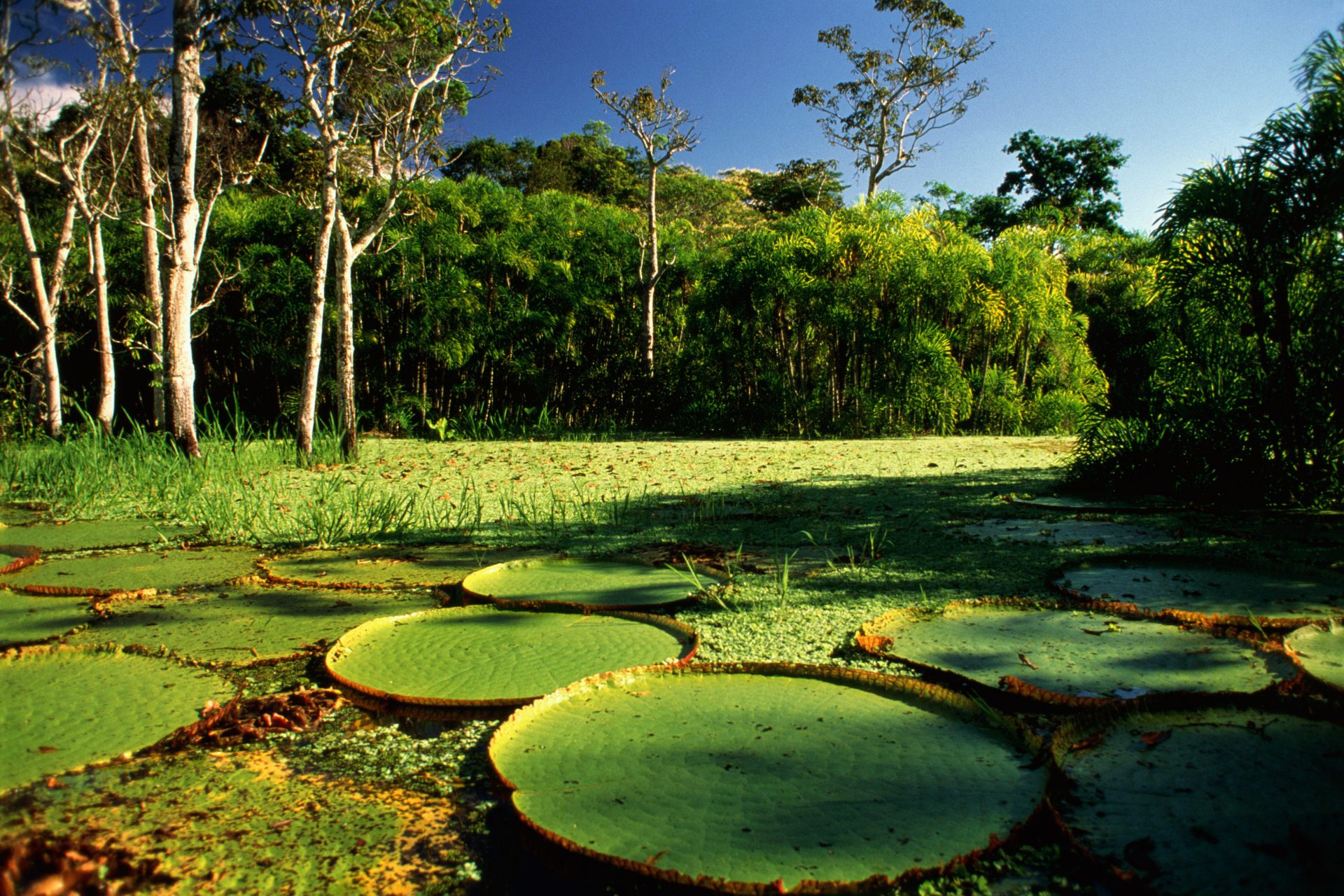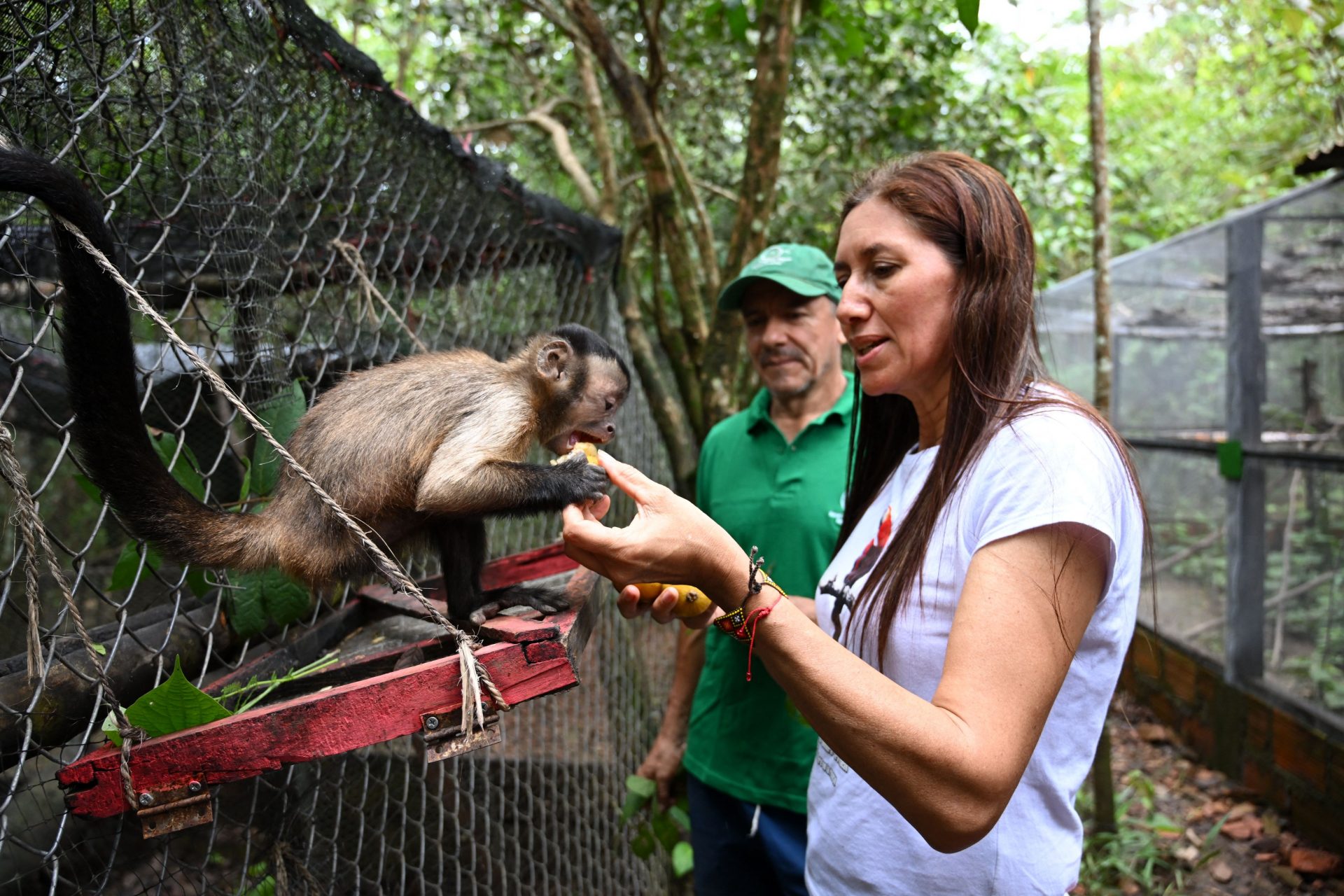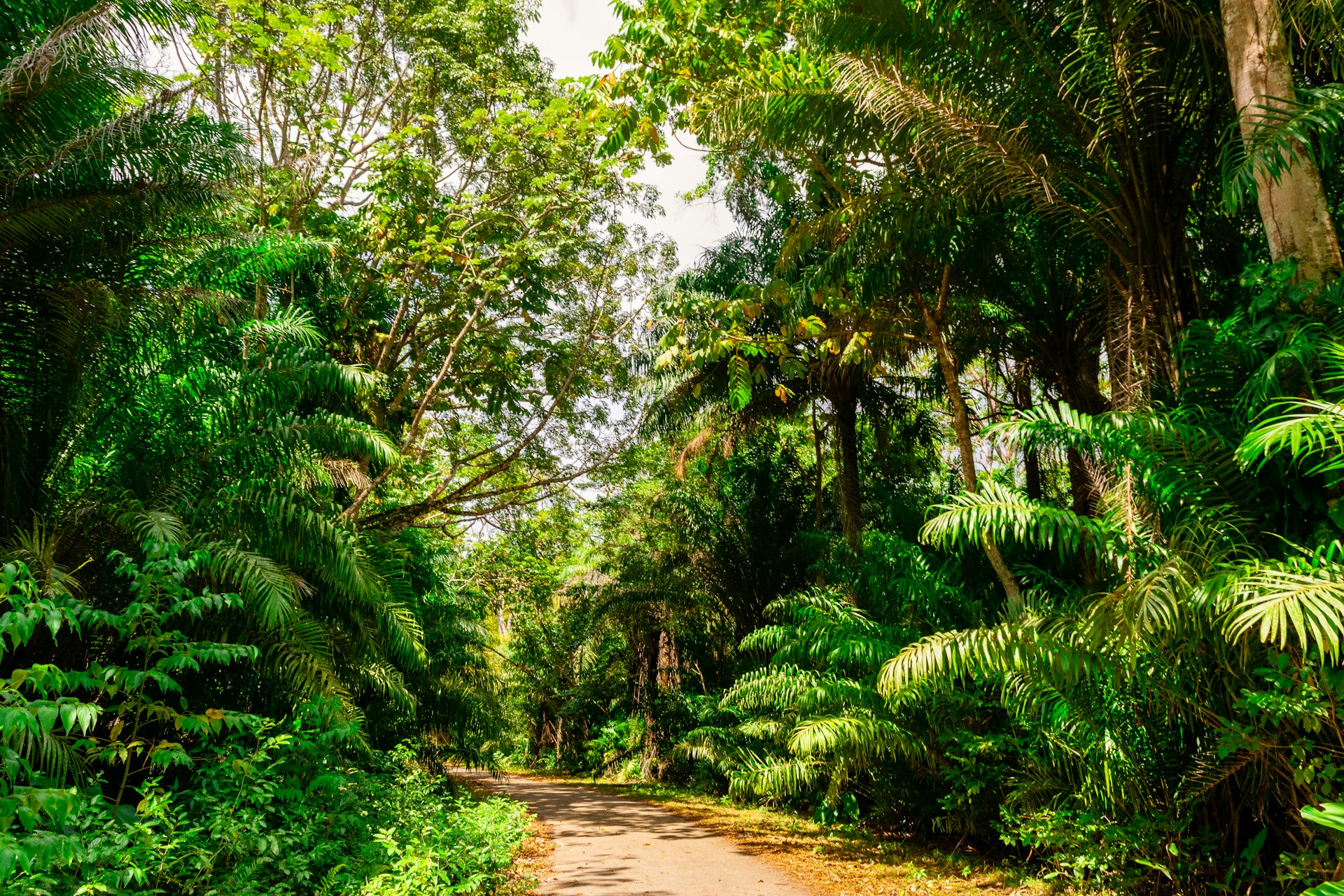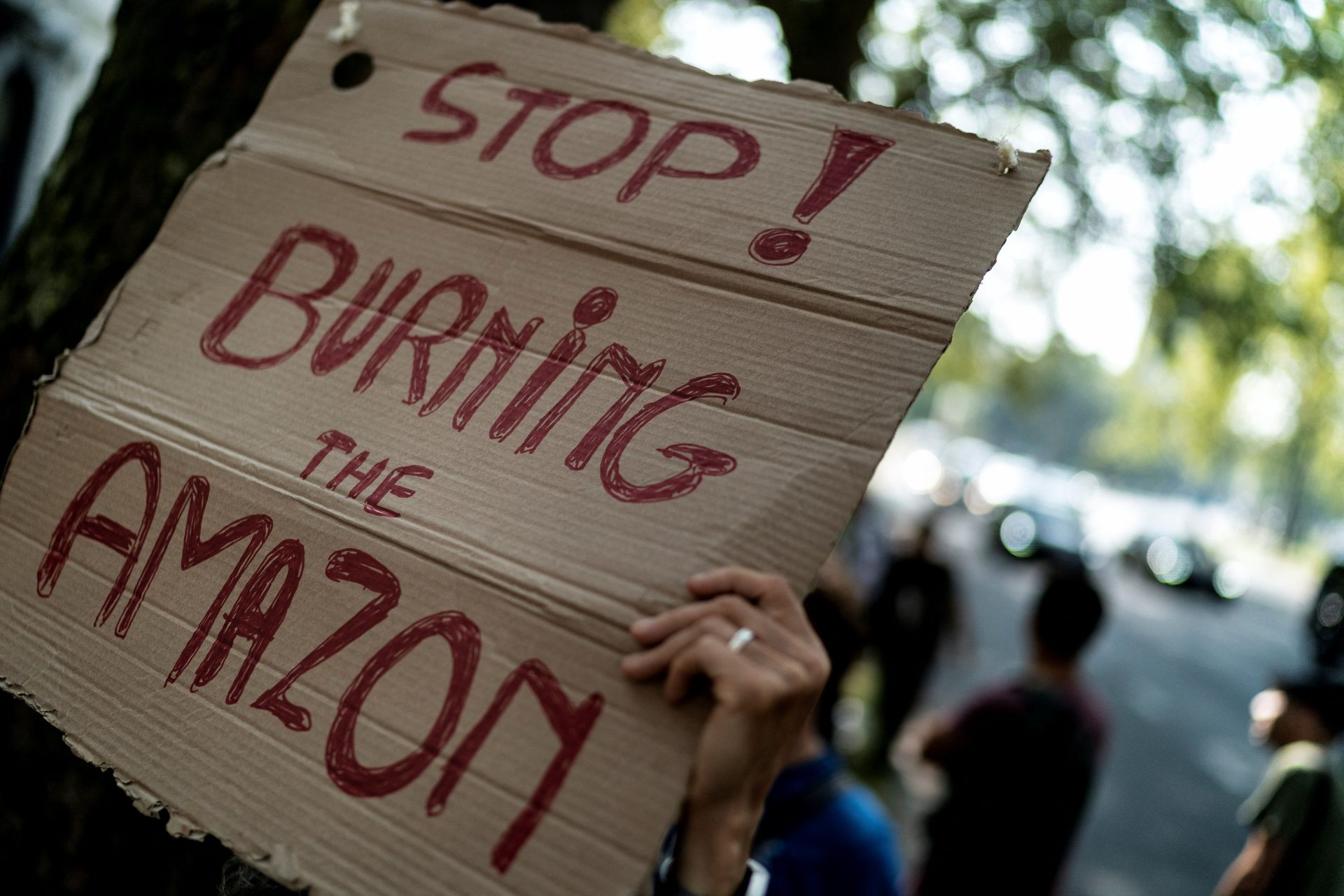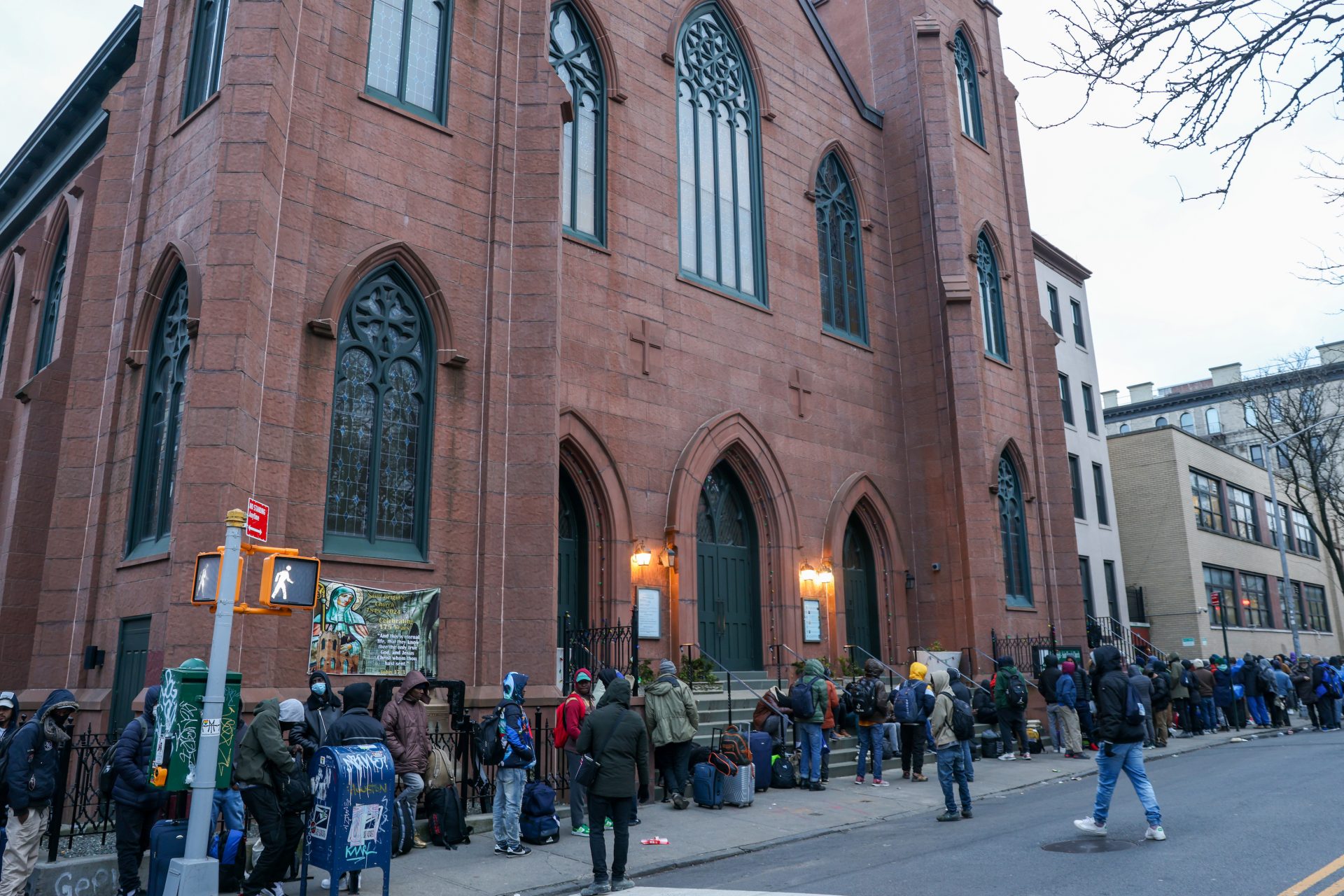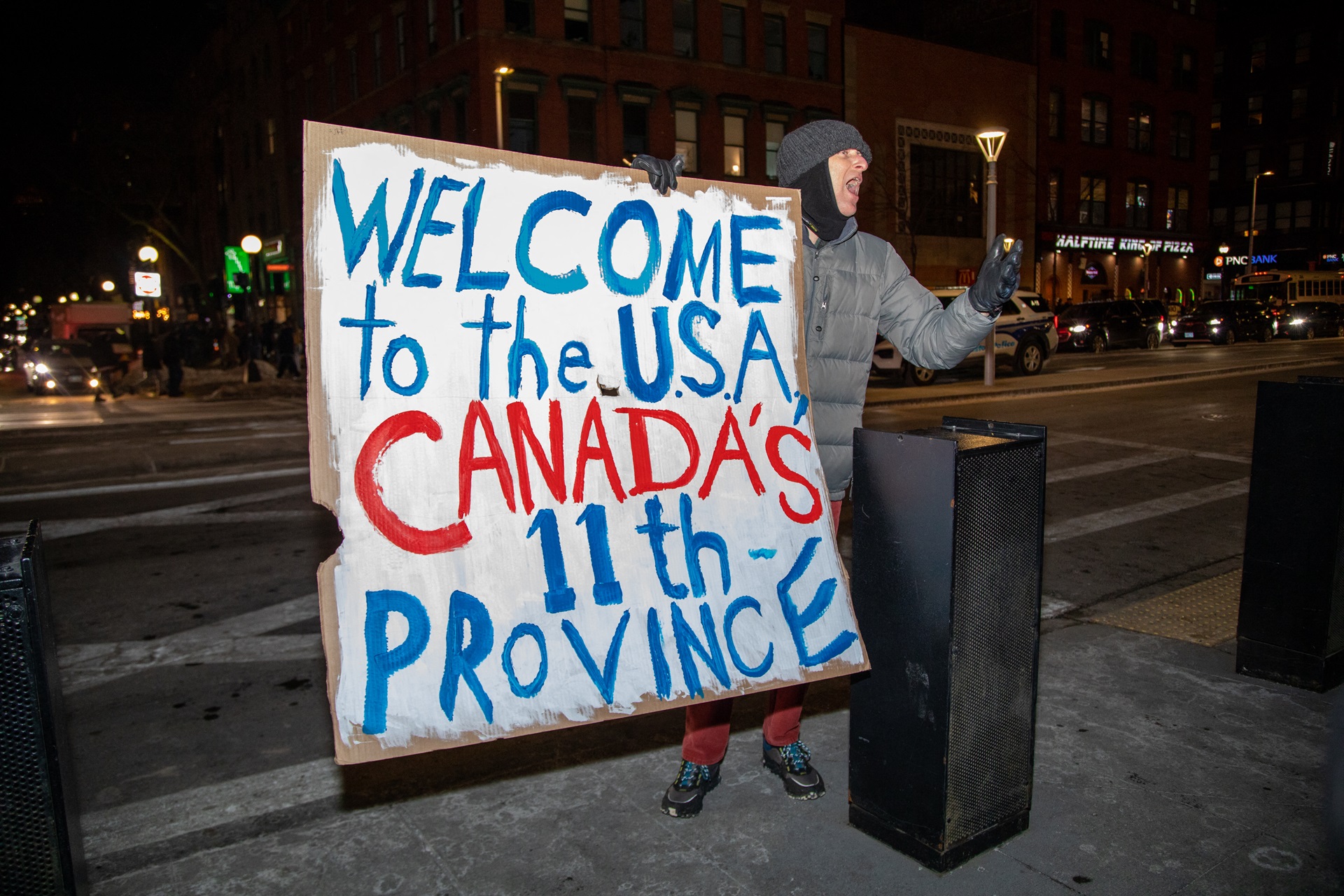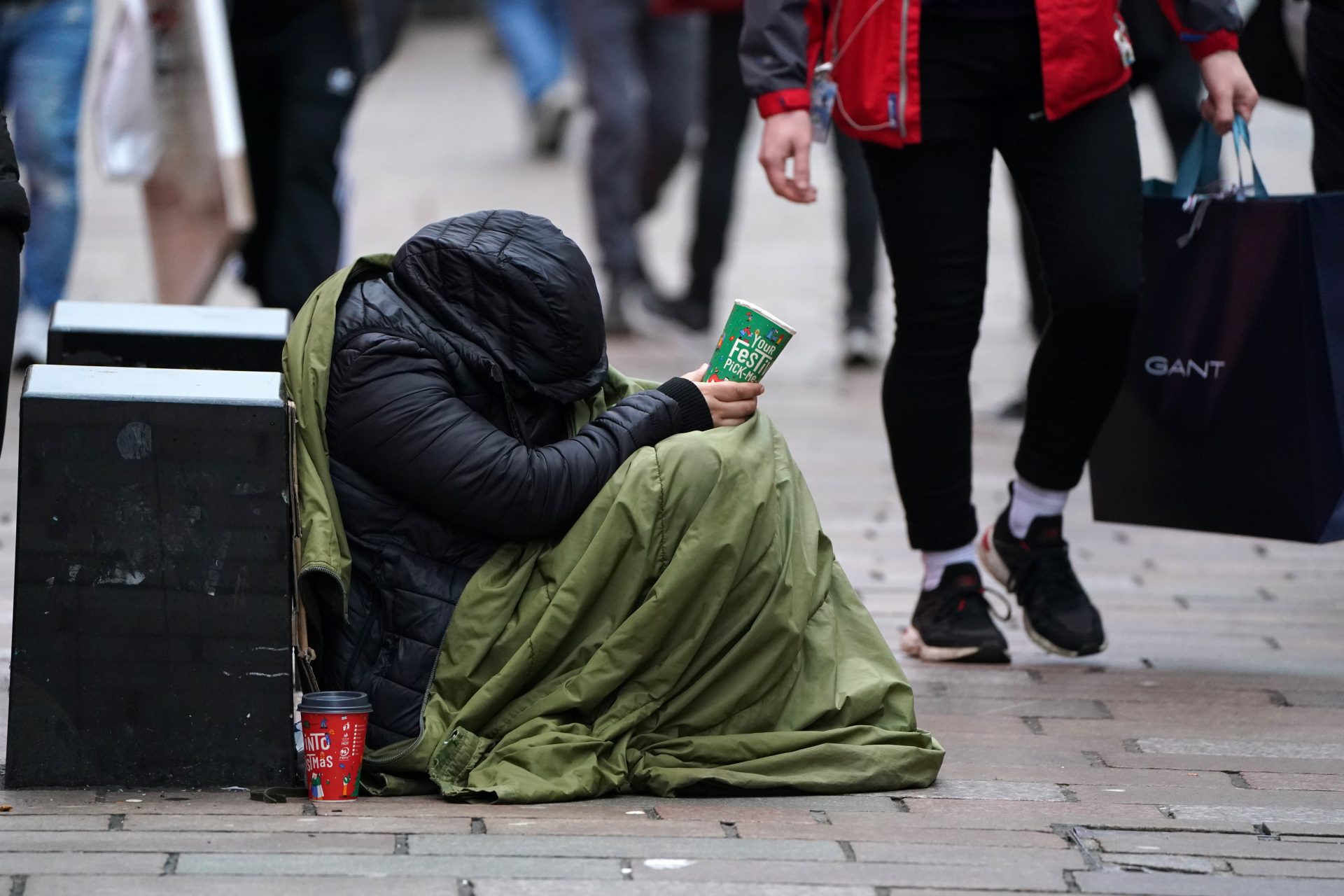Can a bioeconomy save the Amazon from deforestation?
Brazil is fighting to reduce illegal deforestation in the Amazon rainforest. According to the Wall Street Journal, the Government reduced the destruction by 33%.
One way to avoid deforestation is to pursue those who do it. Still, authorities in the country and internationally are also trying a different approach: making standing trees more financially attractive than fallen ones.
The bioeconomy approach aims at cultivating various industries that incentivize farmers and lodgers to steer in a different direction and keep native trees up.
So, alternative products and forms of production can be more attractive. A good example is cocoa: it grows under the shade of native Amazon trees and does not contribute to deforestation.
According to ecology-oriented outlet Mogabay, a 2024 study concluded that keeping the trees standing and seeking to develop a bioeconomy in the Amazon region can grow Brazil's GDP.
Mongabay explained that the study found that a standing Amazon rainforest could create an $8 billion bioeconomy for the 14 Brazilian states in the region every year.
It also said that the approach could create around 312,000 additional jobs that would benefit Black and Indigenous communities, which make up most of the population in the area.
According to The WSJ, Brazil is promoting several alternatives to lodging and cattle farming, ranging from agriculture to the service industry.
The newspaper cited the example of jaborandi, a once-endangered shrub used in glaucoma medication, and the efforts by a mining company to research native species for valuable crops.
The WSJ said Amazon native crops can be used in the pharmaceutical industry. Some can also be used for bioplastic production or the beauty industry.
Local authorities are also promoting the service industry. They seek former small cattle farmers to become bird-watching or sustainable fishing guides.
The newspaper said a group of development banks led by the Inter-American Development Bank have agreed to lend up to $20 billion to bioeconomy businesses in the region.
However, environmentalists quoted by The WSJ said authorities must carefully calculate the right size for these businesses and the attention they want in the region.
If the bioeconomy is too small, it will not deter workers and producers from the mining and cattle industries. Still, if it is too large, it can bring more inhabitants and destruction to the region.
Photo: Kenrick Baksh / Unsplash
When communities and economies grow, infrastructure like roads, housing units, and schools becomes necessary, potentially promoting deforestation again.
All the efforts lie in the intricate balance of allowing local communities to thrive while preserving a vital resource for the planet in the face of Climate Change.
More for you
Top Stories



